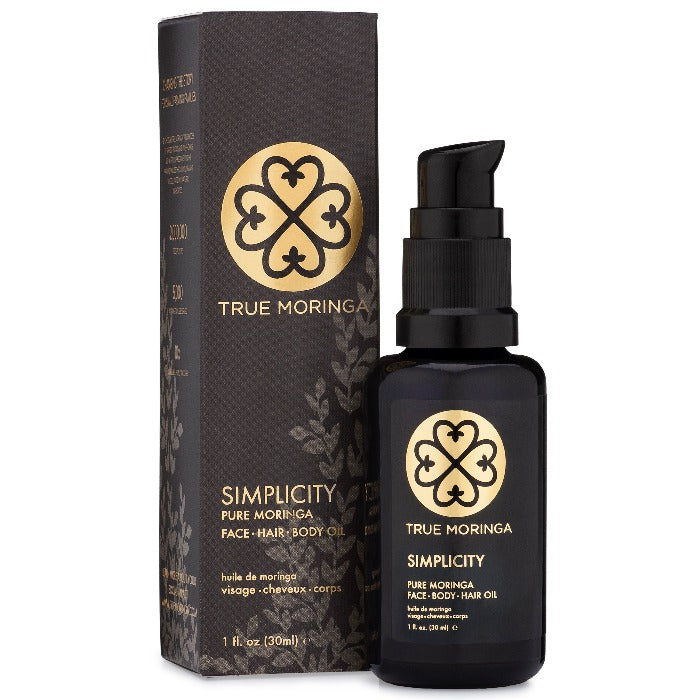


What To Look Out For On “All-Natural” Labels
I think I’ve gone on enough “don’t trust the label” rants at this point that you get the picture. Companies know that there is a growing community of conscious consumers looking for natural cosmetics, and they’re willing to use unscrupulous marketing techniques to get you to buy things that you don’t want to be putting anywhere near your body.
If you missed my earlier discussions on organic and cruelty-free certifications (links), I won’t go into detail again here. The gist was this: the only way to truly know what’s in a product is to do your research on a company, and read the entire list of ingredients. Because there’s no FDA definition of a natural product, they often contain up to 30% synthetic ingredients.
Of course, just because an ingredient is synthetic, doesn’t make it toxic, so if you’re someone who’s just making baby steps in the direction of all-natural living, here are a few key ingredients that companies are constantly sliding into their products under the radar that you definitely want to avoid.
PHTHALATES (FRAGRANCE)
Phthalates are a common ingredient in perfumes, hair products, moisturizers and household cleaners… Sooo, basically everything. They’re used for anything from softening plastics to emulsifying ingredients and ensuring a smooth, consistent texture. But they also are linked to breast cancer, birth defects, and endocrine disruption.
Are you wondering why you don’t see the word when you’re studying a product’s ingredients list?
That’s because phthalates are usually hidden under the vague category of “fragrance,” which by law, isn’t required to be specified because it’s considered a trade secret as part of their patent.
DETERGENTS (SLS/SLES)
The most common detergents are sodium lauryl sulphate and sodium laureth sulphate, which are included in myriad personal care and cleaning products—it’s what makes them foamy.
The Environmental Working Group (EWG) categorizes them as only “moderately toxic,” but if this ingredient is at a concentrate higher than 2% it can lead to neurotoxicity, organ toxicity, and endocrine disruption.
PARABENS
Parahydroxy benoic acid is a preservative used to prevent bacteria, mold and yeast from growing on products. However, it also has estrogen-mimicking properties that are associated with an increased risk of breast cancer.
As public understanding of the dangers of parabens has become more widespread, more and more companies are adding “Paraben Free” to their labels. Marketing ploy or actual social responsibility, I consider that a win for women’s health.
PETROLEUM AND MINERAL OIL
Petroleum and mineral oil have been an integral part of cosmetics for ages—so much so that the EWG estimates it’s present in about 80% of beauty products. More recently though, as scientific studies zero in on the effects of petroleum based products on our bodies, it turns out they're not as innocuous as we once thought.
Petroleum and mineral oil can’t be metabolized in our bodies, and a recent study found traces of it in fat tissue and breast milk, implying that it builds up in the body over time. They are also a known animal carcinogen and possible human carcinogen.






